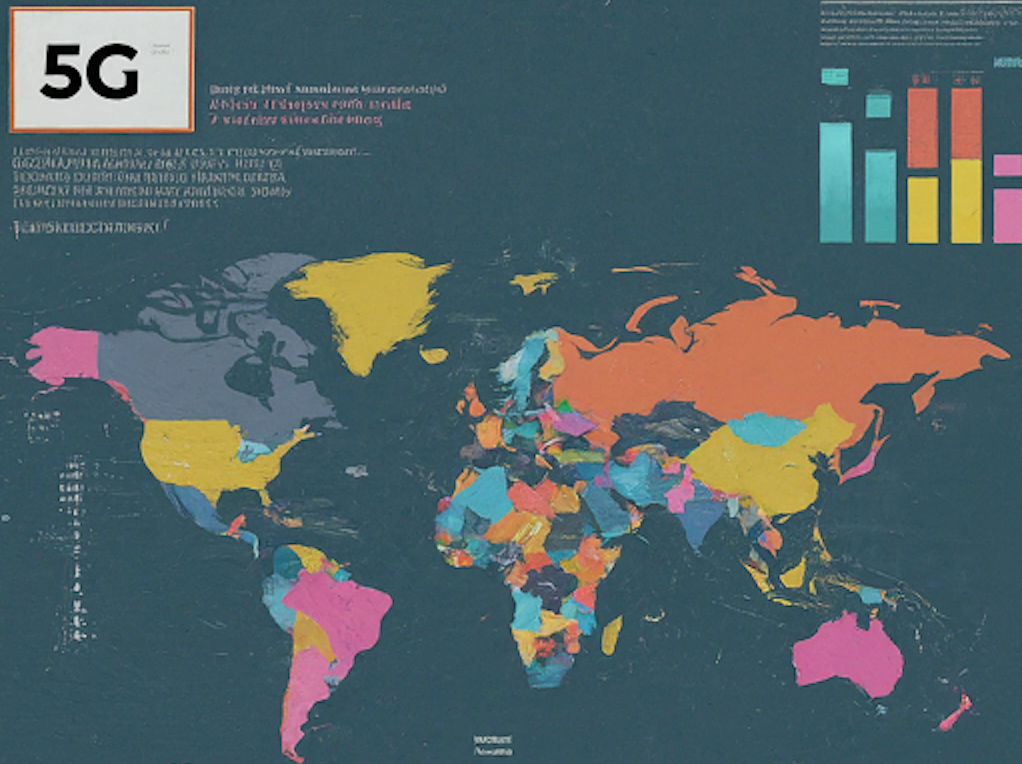The promise of 5G – blazing-fast speeds, ultra-low latency, and revolutionized connectivity – has captivated the tech world for years. But where do we stand today in terms of global deployment? Buckle up, because we’re diving into the dynamic landscape of 5G rollout across the globe.
As of April 2024, GSAcom reports that 308 commercial 5G networks have been launched worldwide. This signifies a significant increase in deployment compared to earlier reports, highlighting the accelerating pace of 5G adoption. Here’s a glimpse into the 5G deployment landscape by region.
Asia-Pacific: This region leads the pack with the most widespread 5G deployments, primarily utilizing low-band and mid-band frequencies. Countries like South Korea and China are frontrunners in this space. The undisputed champion, South Korea boasts the world’s most extensive 5G coverage and user penetration. With aggressive network build-outs and early consumer adoption, the country serves as a model for others. Not far behind, China is rapidly expanding its 5G infrastructure. This massive market prioritizes standalone (SA) networks, offering greater flexibility and future-proofing capabilities.
North America: The US is playing catch-up, focusing on mid-band deployments in major cities. However, rural areas often lack coverage. Similarly, Canada is making strides but faces challenges in infrastructure investment.
Europe: European countries like Finland, Sweden, and Germany are witnessing steady progress, with a focus on mid-band frequencies for wider coverage. However, uniformity across the continent remains a work in progress.
Latin America and Africa: These regions are in the early stages of 5G deployment, with spectrum auctions and initial network rollouts underway.
Emerging markets like India and Brazil are making significant strides in 5G spectrum auctions and initial network deployments. However, affordability and infrastructure development remain hurdles.
While the current landscape reflects uneven progress, the global 5G story is far from over. With continued advancements in technology, strategic investments in infrastructure, and a focus on efficient spectrum utilization, 5G has the potential to bridge the digital divide, empower individuals and industries, and unlock a new era of hyper-connected experiences.
